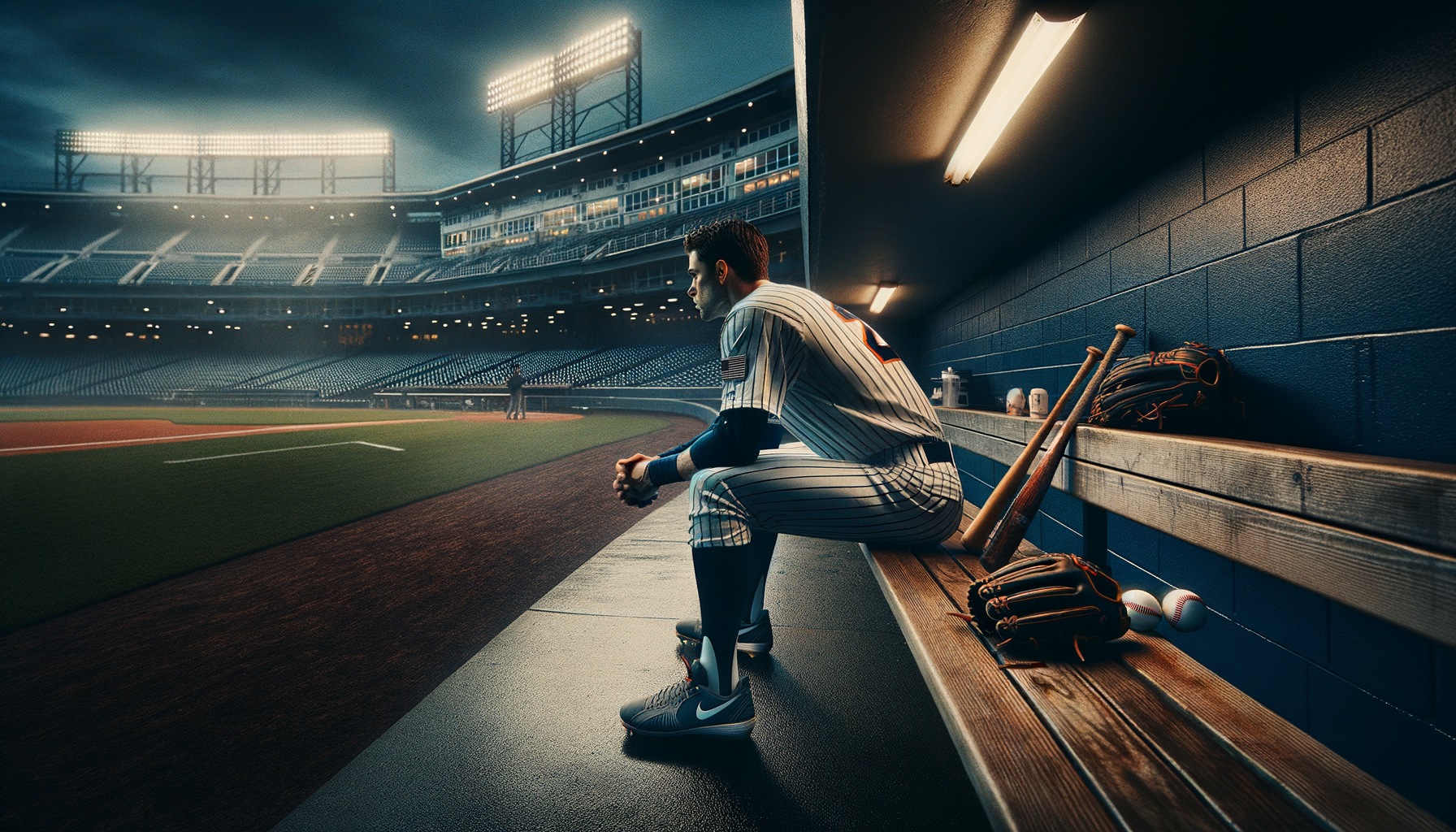
The Mets lost their 7th straight, a 7-1 defeat to the Braves on June 20. Spencer Strider dominated as the loss highlights urgent trade deadline needs.
StatPro MLB Beat Reporter
Another game, another loss. The New York Mets' mid-June swoon deepened on Friday night with a lopsided 7-1 defeat to the Atlanta Braves, extending their season-worst losing streak to a painful seven games. The loss, which dropped the team to 45-31, was more than just a single defeat; it was a glaring spotlight on the roster holes that the front office must now urgently address as the trade deadline approaches.
Despite the team's struggles, Edwin Díaz has been lights out, posting a 2.15 ERA with 15 saves and advanced metrics in the 98th percentile for strikeout rate and 100th percentile for expected batting average.
The box score tells a familiar story from this losing streak. Braves ace Spencer Strider was simply dominant, carving up the Mets' lineup for eight strikeouts over six innings of one-run ball. The Mets' offense couldn't muster any momentum, with Francisco Lindor's third-inning single being the only event that pushed a run across. On the other side, rookie starter Blade Tidwell was hit hard, surrendering five runs in four innings, with Matt Olson's three-run double in the fifth serving as the back-breaking blow. It was a non-competitive effort that has fans rightfully concerned.
The timing of this skid couldn't be more telling. With the trade deadline looming, the front office is actively scouring the market for help, and Friday's game highlighted the two most critical areas of need: center field and the bullpen. With Jose Siri still recovering from a fractured tibia, Tyrone Taylor has struggled to provide offensive punch, hitting just .237. Meanwhile, a bullpen that was a strength through May (2.87 ERA) has imploded in June with a 4.29 ERA, a regression exacerbated by season-ending injuries to A.J. Minter and Danny Young. While the recent acquisition of José Castillo (0.82 ERA) has been a nice find, more firepower is clearly required.
Amidst the gloom, it's important to remember the elite talent still anchoring this team. Several Mets are making strong cases for the All-Star Game, none more so than closer Edwin Díaz. In a spectacular bounce-back campaign, Díaz has been nearly untouchable, converting 15 of 16 save opportunities and showcasing the dominant form that makes him one of the game's best. He's joined by Brandon Nimmo, whose consistent on-base skills and production remain a lineup staple, and starter David Peterson, whose recent shutout on June 11 showcased his top-of-the-rotation potential. These players form the core that management needs to build around.
The good news is that the Mets have the ammunition to make the necessary upgrades. The organization's deep farm system, particularly its surplus of high-ceiling pitching prospects, is its greatest trade asset. According to rival evaluators, the Mets are in a position to acquire significant big-league help in center field and the bullpen without having to part with their absolute top-tier prospects. This strategy, similar to the one they employed at the 2024 deadline, allows them to improve the current team while preserving the long-term health of the organization. The resources are there; now it's a matter of execution.
The Mets are at a critical juncture. This seven-game skid has exposed the roster's weak points, but it has also clarified the front office's mission ahead of the trade deadline. The talent is there, with All-Star-caliber players leading the way. Now, the challenge is to supplement that core. With a wealth of pitching prospects, the Mets have the assets to make season-altering moves. The next few weeks won't just be about snapping a losing streak; they'll be about defining whether the 2025 Mets are contenders or pretenders.